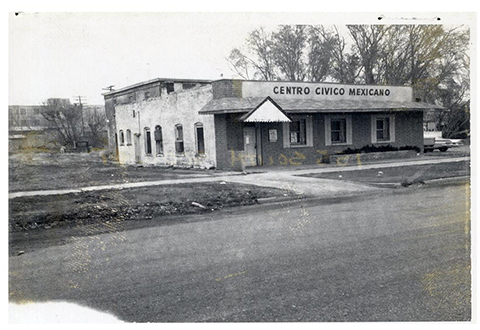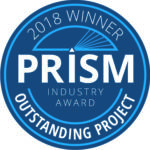Find an office location
More than 175 offices from coast to coast.


“The best reason for the cleanup and new construction is to build a showpiece representing the history of Hispanics in Utah and to give them something to be proud of, including taking part in an environmental improvement of the District,” said Brandy Farmer, president and CEO, Centro Civico Mexicano.

Terracon provided solutions to address both the environmental issues identified and the unexpected financial challenges associated with the cleanup. By helping Centro prepare successful applications for both an EPA Brownfields Cleanup Grant and a Revolving Loan Fund Cleanup Subgrant from the Wasatch Brownfields Coalition, Centro received $400,000 in funding to aid in the cleanup.
Although a small footprint, this piece of downtown Salt Lake City has a powerful future. The new plan for mixed-use development will include low-income senior housing, offices, classrooms, a multipurpose gymnasium, a rooftop soccer facility, and a black box theater.
“This has been one of my favorite projects. The people working on this are fantastic, and together they are all bringing solutions to the table,” said Craig Eaton, Terracon’s environmental department manager in Salt Lake City. “My thanks go out to everyone at Centro Civico Mexicano, Corroon Development Company, Salt Lake City Corporation, Salt Lake County, Utah’s Voluntary Cleanup Program, EPA Region 8, EPA Office of Brownfields & Land Revitalization, and the generous foundations in the local community.”
Belinda Richard, Terracon’s national Brownfields program manager added, “This project is a wonderful example of how local partners, community members, and regulatory agencies can come together to make a project happen—it takes a village.”

Craig Eaton is the Chair of Terracon’s Practice Resource Group for Environmental Site Assessments and is an Environmental Department Manager in Terracon’s Salt Lake City, Utah office.
Belinda Richard is Terracon’s National Brownfields Practice Lead, located in our Tampa, Florida office. She has 19 years of environmental experience, with the last 12 years dedicated to working in the Brownfields program.
More than 175 offices from coast to coast.